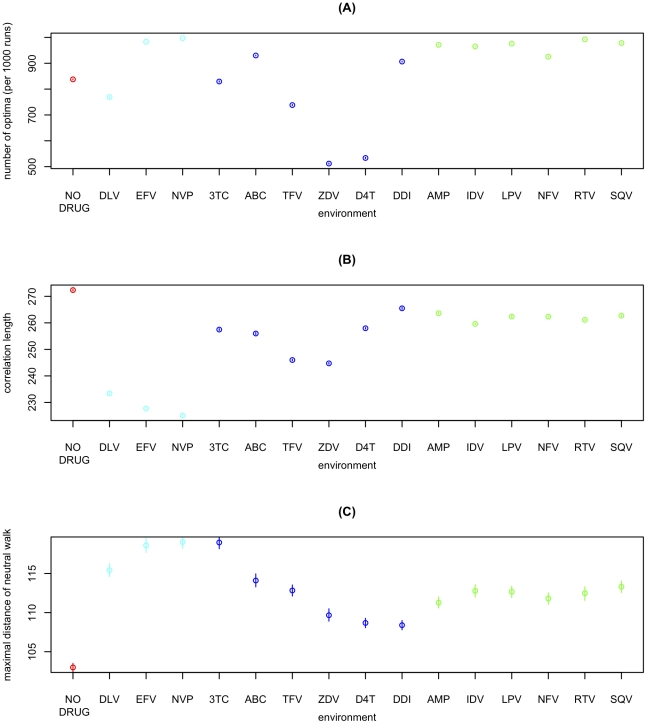Figure 2. Fitness landscapes across different environments characterized by the absence of drugs or by the presence of a single antiretroviral.
(A) Ruggedness (i.e. number of different optima reached from 1000 steepest-ascent hill-climbing walks) for the no-drug and 15 single-drug environments. X-axis labels indicate the antiretroviral drug characterizing each environment (see Materials and Methods) and color indicates drug-class (red: no drug; cyan: non-nucleoside reverse transcriptase inhibitor; blue: nucleoside analog reverse transcriptase inhibitor; green: protease inhibitor). Each point corresponds to the mean over 100 such measures of ruggedness. 95%-confidence-intervals of the mean (inferred through 1000 bootstrap samples) are smaller than point size. (B) Correlation-length of log-fitness on random walks. Correlation-length is inferred from 104 random walks of length 50 starting from random initial conditions. Points correspond to the mean over 100 such measurements of correlation length. 95%-confidence-intervals of the mean (inferred through 1000 bootstrap samples) are smaller than point size. (C) Range explored by quasi-neutral walks (threshold ε = 0.001) for different environments. Points correspond to the mean over 105 walks of length 1000. Error-bars correspond to the 95% confidence-interval of the mean, inferred through 1000 bootstrap samples.

